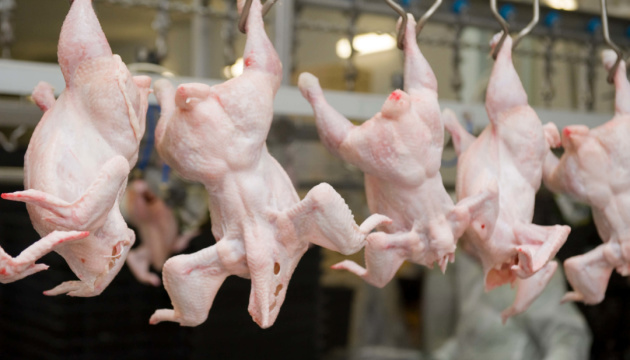Excess supply makes chicken meat even more competitive

As previously anticipated, the transition between June and July would be guided by some recovery in the prices of fattened cattle. However, in the last few days, this movement started to lose intensity. Even with shortened slaughter schedules, slaughterhouses started to exert pressure on the cattle buy prices, and this movement is centered on two fundamental aspects that will be discussed in this publication:
– Slow meat flow. Industries have reported difficulty in selling meat, including some decline in prices last week. The scenario becomes more difficult during the second half of the month, a period marked by less appeal to consumption;
– Decrease in average beef prices in the international market. The current year is marked by the fall in beef prices. China’s performance is decisive to justify this situation, thinking about two basic aspects, the first is the endless crisis of Chinese pig farming, the second is the wide devaluation of the yuan, making imports more expensive.
In short, factors related to both internal and external demand forced the meat-packing industry to reduce costs, cutting prices for fattened cattle. The problem in the domestic market is deeper and goes directly through the intrinsic problems experienced by the Brazilian chicken industry in the last three months. Even with a record volume of exports for the first half of the year, there is obviously an excess of supply, which has produced a significant decline in wholesale prices, and unlike what happens with beef, this decline in prices has reached retail prices more sharply.
The attached chart clearly shows the movement of the wholesale market in recent weeks. Chicken meat had a decline in prices, while beef showed a timid recovery between the months of June and July. The same occurred with pork. In short, chicken meat has gained competitiveness against the other cuts.
With more affordable prices, a significant portion of the population began to prefer beef and other proteins of animal origin, prioritizing the consumption of chicken meat. By way of comparison, whole frozen chicken dropped to an average price of BRL 5.50 per kilogram in mid-July, and in June the average price was BRL 6.10 per kilogram. In other words, between one month and another there was a decline of approximately 9.9%.
Hindquarter presented a timid appreciation in the period, of around 0.5%, and the average price in the current month is BRL 18.15 per kilogram. In turn, the forequarter reached an average price of BRL 14.10 per kilogram, up 5% from June. In this scenario, chicken meat ended up advancing in competitiveness, becoming 3.3 times more affordable than beef hindquarter cuts and around 2.56 times more affordable than beef forequarter.
The loss of competitiveness of beef at the moment can be translated into a worsening of wholesale sales and, consequently, a decline in prices at the end of the first half of the month. The same logic applies to pork, which has also been losing competitiveness. Even eggs have suffered from this correlation and the large advantage that chicken meat currently has.
Avian Influenza can accentuate the problem, resulting in a temporary suspension of sales of chicken meat to certain countries, such as Japan, which could cause meat that is not exported to be offered in the domestic market, increasing the imbalance between the supply and demand forces. Adjusting production through the cut in the housing of chicks would be the most prudent strategy in the current situation.
The fact is that the market for fattened cattle and beef suffers from an imbalance in the supply of its main competitor. In turn, the issues inherent to China, its economic situation, and the crisis of its pig farming will be explored with greater emphasis in the following topic.
Read also
Wheat in Southern Brazil Impacted by Dry Weather and Frosts
Oilseed Industry. Leaders and Strategies in the Times of a Great Change
Black Sea & Danube Region: Oilseed and Vegoil Markets Within Ongoing Transfor...
Serbia. The drought will cause extremely high losses for farmers this year
2023/24 Safrinha Corn in Brazil 91% Harvested
Write to us
Our manager will contact you soon



